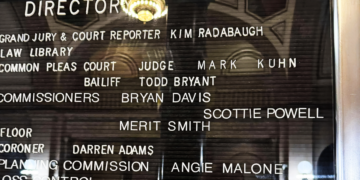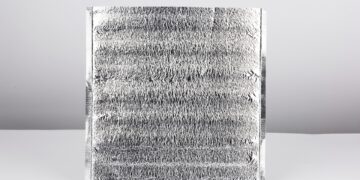Your car has hundreds of small parts that enable it to function properly. Any component can break, and depending on what fails, it can decrease your driving ability and make for an unsafe ride. Be aware of the common car components that cause trouble and understand the dangers that come with ignoring them for too long.
The Brakes
A car’s braking system is split between three components: the rotor, the brake pads, and the calipers. Each of those three plays a critical role in stopping your car, and each can rapidly degrade and lose functionality. The calipers press against the rotors to slow down the rotation of the tires, and the brake pads go between the two to reduce the wear and tear they sustain.
What To Look Out For
A telltale sign of brake failure is a high-pitched squeal whenever you apply pressure to the brake pedal. This signifies that the caliper and rotor may be touching, and that metal-on-metal contact can destroy the entire system. This decreases your ability to brake safely and increases the time it takes for your car to come to a complete stop.
The Windshield
The windshield prevents any debris from entering the car as you drive. However, it may sustain damage when it absorbs hits from rocks, hail, and other debris. Hairline fractures in your windshield are normal, and while these don’t pose an immediate threat, it’s essential to replace the windshield as quickly as possible to avoid a complete failure.
What To Look Out For
Besides cracks forming, you must also watch the edges of the windshield for a hazy white film. This haze is the protective layer of the windshield peeling off, which will pose a significant safety risk if it degrades too far. That film enables the glass to break into small, rounded pieces on impact, unable to cut or cause harm. But without that film, the shards of glass from a broken windshield can cut and pierce the occupants of the vehicle.
The Drive Shaft
One of the most important systems that facilitates vehicle movement, the drive shaft has many different parts, each of which has the potential to deteriorate and reduce the effectiveness and safety of your car. Knowing these parts allows you to find possible failure points and fix any issues quickly.
What To Look Out For
Typically, the first symptom of a bad drive shaft is vibration. The shaking starts with your steering wheel but quickly spreads to the entire cabin of your vehicle. Another sign includes a low grinding noise as you apply the gas, usually the sound of failing U-joints.
Fix Your Vehicle Quickly
As soon as you identify the common parts causing your car trouble, you need to seek professional assistance as soon as possible. Allowing your vehicle to deteriorate further will only damage your vehicle more, ruining other parts that otherwise would’ve been fine had you sought service sooner.




















































































